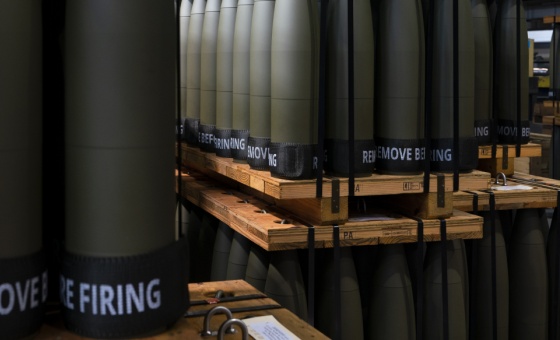This is the last article you can read this month
You can read more article this month
You can read more articles this month
Sorry your limit is up for this month
Reset on:
Please help support the Morning Star by subscribing here
HARVESTS of early potatoes, onions and garlic in June and July can suddenly produce a welcome crop of empty space on the midsummer allotment. Here are three vegetables you can sow now, to fill the gaps through to autumn.
Bulb fennel, also called Florence fennel, should never be sown before July, despite what you might read on the seed packet. If started before the longest day of the year, it has a strong tendency to bolt, so that you end up with a thin, tough stem instead of a fat, juicy bulb.
It needs good soil, moisture-retentive and fertile, in a sunny spot. Heavy or stony ground, wind, or any period of drought will interfere with the swelling of the leaf bases — the edible part which is colloquially referred to as the “bulb.”
If your soil’s fine enough, and moist enough, you can sow the seeds directly about half an inch deep in rows about 18 inches apart. I usually start them in cellular trays or small pots for planting out a couple of weeks later, so as to give the young seedlings protection from pests.
However, this method does run the risk of disturbing the roots during transplanting, which can be yet another cause of bolting. The final spacing between the plants should be around nine inches.
Once fennel’s started swelling it’s surprisingly hardy, so it can be harvested well into the autumn.
Winter radishes, especially the large, round, black type, are a very valuable root vegetable for autumn and winter use, usually cooked but also good when grated raw in salads.
They’re best sown directly, but will do well enough if started in cells. They don’t require the richest soil or the sunniest patch, but the ground must have good drainage.
I gradually remove alternate seedlings until each radish is about six inches from its neighbour. Keep them well weeded in their early days, and well-watered throughout their lives.
You can start taking them as soon as you consider them big enough, but they’ll sit in the ground quite happily until the first heavy frost. If you cover the radishes with straw, they’ll often survive even then, for pulling as needed well past Christmas.
Swiss chard should last even longer, providing fresh, spinach-like greens into early winter, and then again in early spring, especially if you’re able to cloche them in late autumn.
Sow the large seeds now, either singly in small pots for transplanting, or into reasonably deep soil where there isn’t too much shade. Ground that was previously manured for potatoes is ideal. Put the seeds about an inch deep, and nine inches apart each way.
Chard is a pretty resilient crop, and will grow under most conditions, but in rich soil with plenty of watering it can produce spectacular amounts of food.
All three of these vegetables will also grow fairly well in patio containers, provided the tubs are big enough to prevent the compost drying out.











